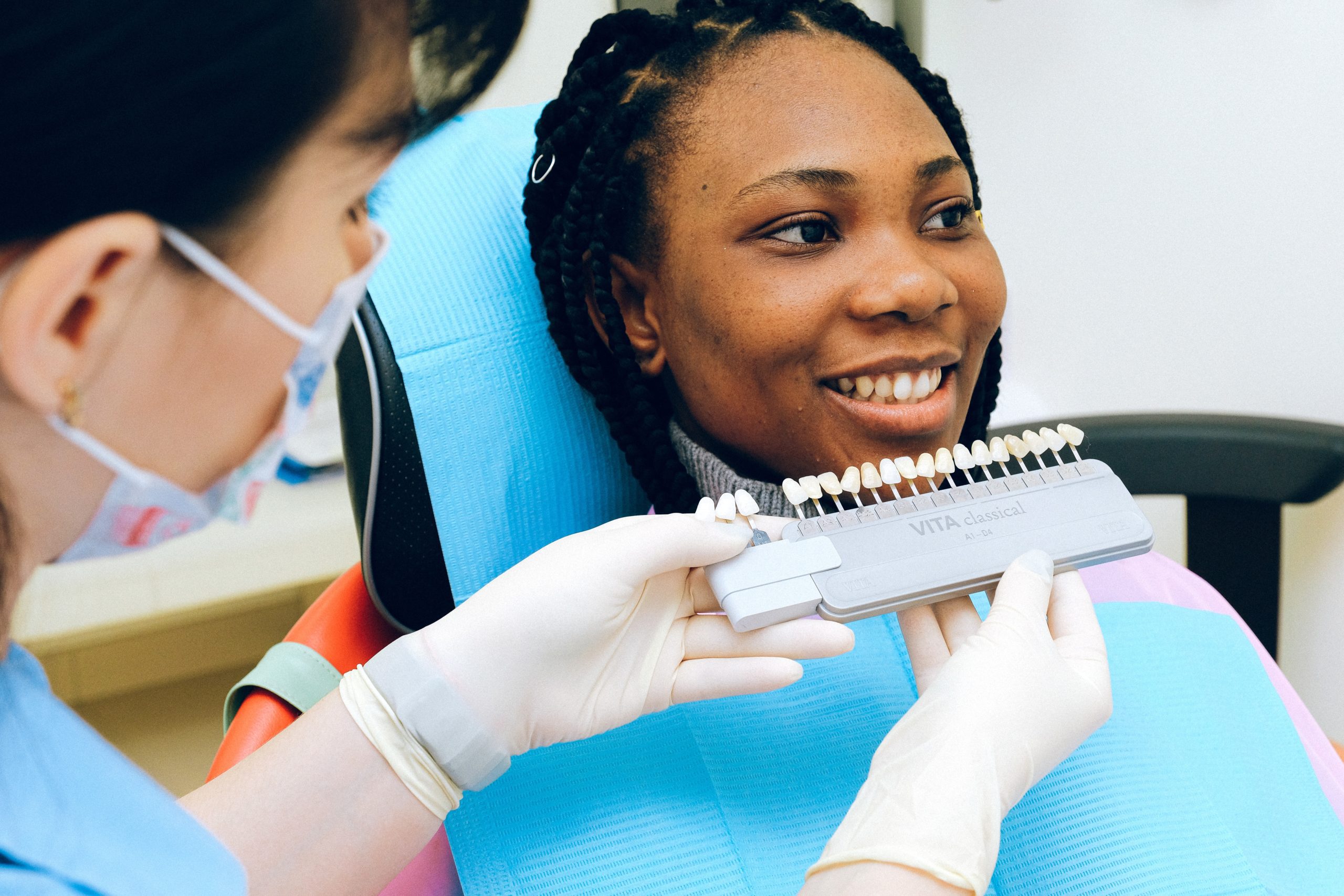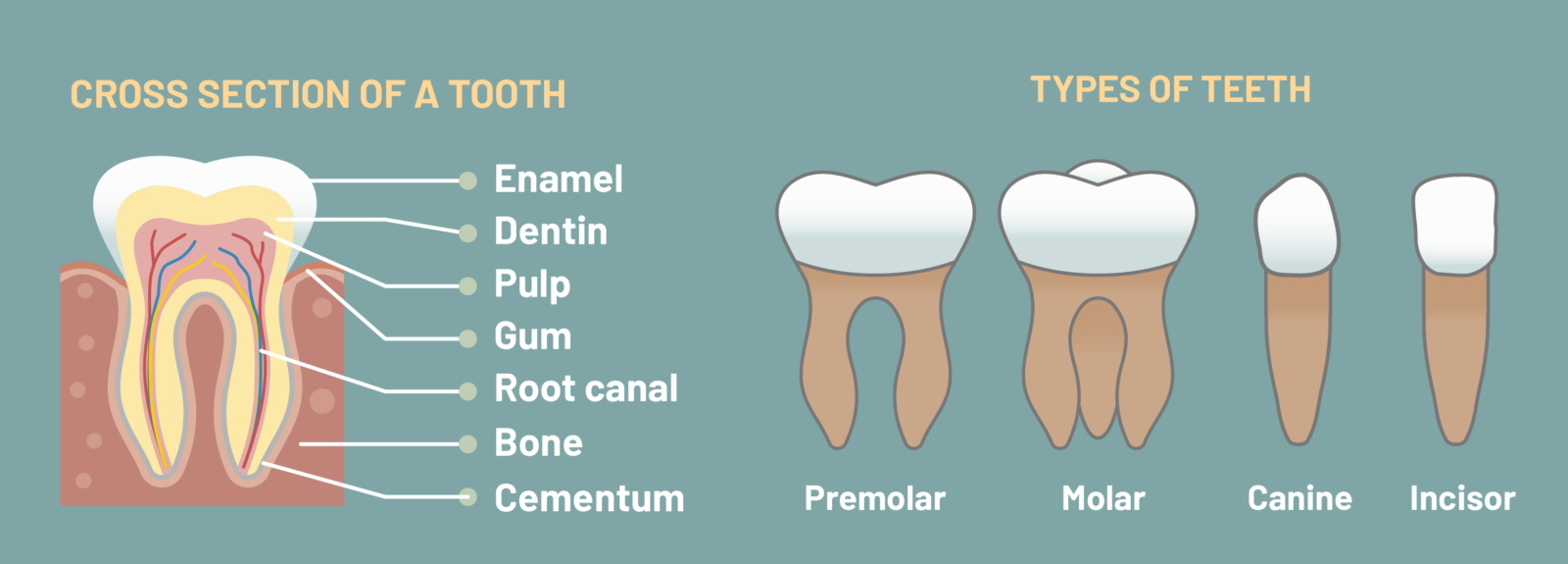
Despite your best efforts in maintaining good oral health and hygiene, there may come a time in your life where your dentist will recommend tooth extraction as your only option.
If your dentist has recommended a tooth extraction, it usually means there is no other way to save your tooth and the only way to prevent future oral health issues is to completely remove the tooth.
There are many factors that can contribute to having a tooth removed and may not necessarily mean it’s due to bad oral habits.
When is a tooth extraction necessary?
A tooth extraction may be recommended by your dentist when a tooth has become infected, severe gum disease, or damaged beyond repair.
If the tooth can no longer be repaired with a dental filling or crown due to trauma caused by an accident/ injury, or extensive decay, tooth extraction may be your only option.
Prolonging the removal of a tooth that is severely damaged or decayed can risk further infection to the surrounding healthy teeth, and eventually jeopardising your general health.
In similar cases, impacted wisdom teeth that erupt on an angle can cause jaw pain and discomfort, damage to other teeth, overcrowding and tooth decay. In this instance, your wisdom teeth will need to be extracted.
Other reasons for a tooth extraction include:
- Overcrowded teeth. eg: wisdom teeth
- Baby teeth that do not fall out in time to allow for permanent teeth to come through
- Braces may require a few teeth to be removed to create room for teeth to straighten into place
What is the extraction procedure?
There are two types of extraction procedures to consider, simple extraction and surgical extraction.
Simple extraction
A simple extraction is performed when a tooth is visible above the gum line. It is a relatively quick and painless procedure, only requiring a local anaesthetic to numb the extraction site. Simple tooth extraction is a fairly common procedure that involves loosening the tooth before being pulled from the socket.
Surgical extraction
A surgical extraction is a little more complicated than a simple extraction and usually involves the dentist making a small cut into the gum, sometimes removing gum tissue or bone to extract the tooth. Some form of sedation can be used for this method of extraction, which means you can be asleep for the whole dental procedure and won’t feel a thing. A surgical extraction is commonly used when extracting impacted wisdom teeth.
What to prepare before a tooth extraction
Before any dental work is completed, your dentist will ask about your dental and medical history. It’s important you tell them about any existing medical conditions, allergies or recent operations. If you’re currently taking any medication such as an inhaler, contraceptive pill or over-the-counter medicines.
Inform your dentist if you suffer from any of the following conditions:
- Liver and thyroid disease
- Hypertension
- Diabetes
- Artificial joints
- Impaired immune system
What to do leading up to the day:
- Avoid smoking before and after
- Inform your dentist if you have the flu prior to your appointment, you may need to reschedule
- If you experience nausea or vomiting the night before, let your dentist know as you may need to reschedule
- Organise a lift home if you’re receiving any form of sedation.
What to do after an extraction
After the extraction, your dentist will provide you with detailed instructions on what to expect and what to do after having your tooth extracted. Managing post-surgery care is vital to ensure proper healing takes place. If you have any concerns or questions, make sure to ask your dentist before leaving the clinic.
Here are some helpful tips to help manage post-extraction recovery:
- Bite down on some gauze for 30 minutes after surgery to help with the bleeding. If heavy bleeding continues, bite down on a cotton pad for another 10 minutes, and if it still persists, contact your dentist immediately.
- To help with swelling, apply an ice pack on your cheeks as instructed.
- Stick to soft and cool foods for the first couple of days.
- Avoid all strenuous activities for a couple of days to allow for complete recovery.
- Avoid spitting, rinsing or using a straw for the first 24 hours to allow a blood clot to form.
- Avoid smoking for 72 hours after surgery.
- Gently rinse with warm saltwater starting 24 hours after surgery to keep the area clean.
Complications
If you experience any of the following after the procedure, contact your dentist immediately:
- Prolonged bleeding
- Severe pain and discomfort
- High temperature
- Prolonged swelling
A common complication that can occur after an extraction is when a blood clot doesn’t form around the area where a tooth has been extracted. Known as a dry socket, usually happens 2 to 4 days after the extraction, and may result in extreme pain. We recommend returning to your dentist immediately, where they will disinfect the area and put a dressing on it. They might prescribe you antibiotics to prevent infection as well.











